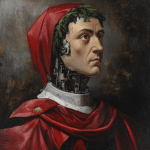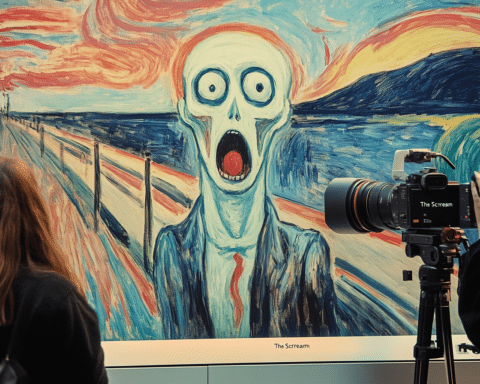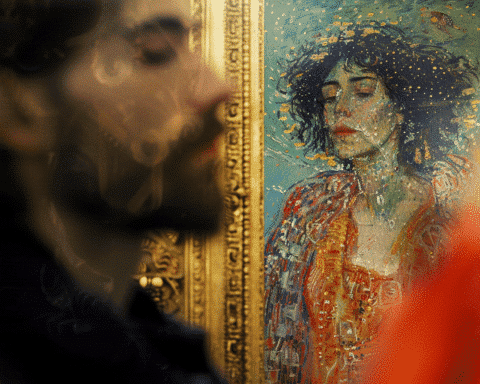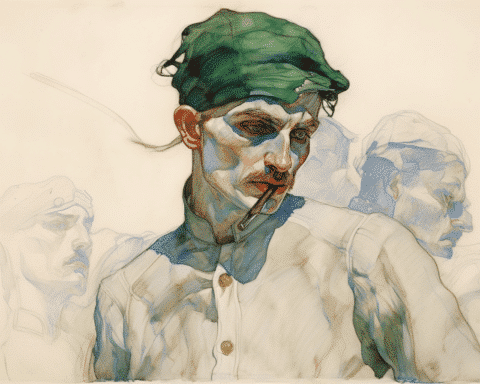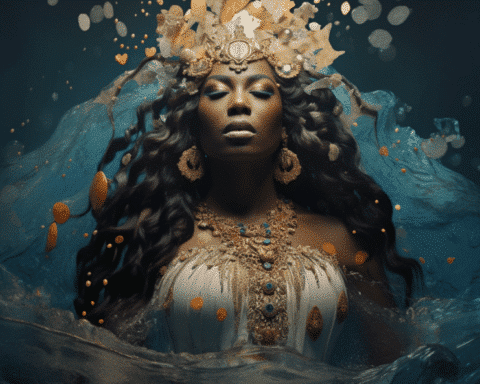The art world never ceases to spark conversations, and 2024 was no exception. This year was filled with jaw-dropping moments, from divisive royal portraits to the jaw-dropping sale of a banana artwork for millions. These controversies remind us of Ad Reinhardt’s quip: “Art is too serious to be taken seriously.” Let’s dive into the events that entertained and shocked art enthusiasts worldwide.
Trash or Treasure?
Art and ordinary objects often blur, as seen in the Netherlands when an elevator technician discarded an artwork resembling two empty beer cans. Fortunately, the piece, titled All the Good Times We Spent Together, was retrieved intact and returned to the LAM Museum. This incident reignited debates about the thin line between modern art and everyday items.
Protests and Preservation
Activists like Just Stop Oil continued targeting cultural landmarks, vandalizing works like Girl with a Pearl Earring and Van Gogh’s Sunflowers. Legal outcomes varied, from leniency in the Netherlands to strict sentences in the UK. Museums responded by tightening security, emphasizing the ongoing clash between protest and preservation.
The $6.2 Million Banana
Maurizio Cattelan’s infamous banana artwork, Comedian, shocked the art world again. Selling for a staggering $6.2 million, the buyer, Justin Sun, staged a spectacle by eating the banana at a press conference, claiming, “I want to eat it to become part of the artwork’s history.” The sale highlighted the absurdity and allure of conceptual art.
AI vs. Human Creativity
AI’s role in the arts drew attention as Rie Kudan admitted using ChatGPT to co-write her award-winning book. Meanwhile, photographer Miles Astray countered AI dominance by winning a contest where a human-created photo was entered into an AI category. The debate over technology’s place in creative fields raged on.
Accidents and Aggression
A young boy accidentally shattered a 3,500-year-old artifact in Israel, drawing sympathy for his curiosity. Conversely, a man in Italy deliberately destroyed an Ai Weiwei sculpture, prompting the artist to decry the act as “unacceptable.” These incidents highlighted the fragile relationship between art and audiences.
Royal Reactions
The British royal family’s portraits caused a stir, with King Charles III’s vibrant red depiction sparking sharp criticism. Meanwhile, Catherine, Princess of Wales, faced scrutiny for a Tatler cover portrait deemed unflattering. The divide between public perception and artistic intention remained evident.
Scandals in the Art Market
Art fraud made headlines with Lisa Schiff’s $6.5 million wire fraud and Inigo Philbrick’s release after serving part of a seven-year sentence for a massive $86-million scheme. These cases underscored the darker side of the high-stakes art world.
Gender and Forgery
Australia’s MONA faced backlash for its women-only exhibit, The Ladies Lounge. Controversy escalated when the curator admitted to forging Picasso’s artworks to match the décor. The exhibit reopened with limited male access, continuing debates on inclusion and authenticity.
Political Suppression
In China, the detention of Gao Zhen, half of the Gao Brothers duo, highlighted the risks of politically charged art. Accused of “slandering heroes,” Gao’s arrest sparked an international outcry and renewed attention to artistic freedom.
Restitution Challenges
Efforts to return Nazi-looted art to rightful owners were mixed. Camille Pissarro’s Rue Saint Honore remained entangled in legal battles, while Claude Monet’s Bord de Mer was successfully returned. The slow progress frustrated many affected families.
Art and Emotion
London’s Almeida Theatre temporarily paused The Years after a graphic scene left audience members unwell. Despite warnings, the incident demonstrated art’s capacity to evoke visceral reactions.
From sky-high prices to thought-provoking debates, 2024 showcased the art world’s ability to inspire, divide, and captivate. As we reflect on these moments, we are reminded of art’s power to spark conversations that transcend boundaries.
